Understanding Endometriosis: Causes, Risks, and Natural Management
Endometriosis is a chronic and painful condition. It occurs when endometrial tissue, which usually lines the uterus, migrates outside the uterus. This tissue can attach to organs in the pelvic area, including the ovaries, bladder, intestines, and abdominal membranes. As the condition progresses, it can lead to cysts and adhesions, causing severe discomfort and health issues.
Common Symptoms and Misdiagnosis
Symptoms of endometriosis include painful menstruation, heavy menstrual bleeding, painful intercourse, infertility, and ovarian cysts. Because these symptoms overlap with other conditions, women are sometimes misdiagnosed. Common misdiagnoses include irritable bowel syndrome, bladder infections, PMS, or menstrual cramps.
Risks and Triggers
Estrogen Dominance: Estrogen dominance is a major risk factor for developing endometriosis. This imbalance happens when there is too much estrogen compared to progesterone. Excess estrogen can come from hormone replacement therapy (HRT), birth control pills, and synthetic estrogens (xenoestrogens) found in pesticides, chemicals, and non-organic meat and dairy. Stress can also lead to estrogen dominance by affecting adrenal function and hormone production.
Dietary Factors: A diet high in sugars, refined starches, and non-organic animal products can contribute to estrogen dominance. Foods rich in phytoestrogens, such as soy and flaxseed, can help balance hormones. These foods act as weak estrogens and block stronger ones from binding to receptors.
Chinese Medicine Elements and Emotional Connections
In Traditional Chinese Medicine (TCM), endometriosis is linked to imbalances in the Liver, Spleen, and Kidney meridians. Emotions play a key role in this condition:
- Liver: The Liver ensures the smooth flow of Qi (energy) and blood. Emotional stress, frustration, and anger can cause liver Qi to stagnate, leading to pain and blood stasis, key symptoms of endometriosis. An imbalanced Liver can also cause irregular periods and severe menstrual pain.
- Spleen: The Spleen controls the transformation of nutrients and fluids. Excessive worry and overthinking can weaken the Spleen, causing Dampness and Phlegm. This imbalance may result in the formation of cysts and adhesions seen in endometriosis.
- Kidneys: In TCM, the Kidneys are the foundation of reproductive health and are linked with the emotion of fear. A deficiency in Kidney energy can lead to hormonal imbalances, infertility, and chronic pain.
Balancing these elements with acupuncture, herbal therapy, dietary changes, and emotional support can help reduce symptoms and improve well-being.
Addressing Estrogen Dominance
Natural Progesterone: Using natural progesterone cream can help balance estrogen levels. This can alleviate symptoms by counteracting excess estrogen in the body. It reduces inflammation and pain associated with endometriosis. Apply a small amount of progesterone cream, as directed by a healthcare professional, to regulate the menstrual cycle and lessen symptoms.
Herbs and Supplements: Chaste tree berry (Vitex agnus-castus) regulates heavy menstrual bleeding and reduces pain by balancing estrogen production through the pituitary gland. Black cohosh can also relieve menstrual pain and help balance hormone levels. Adding omega-3 and omega-6 fatty acids from sources like flaxseed can further reduce inflammation and support hormone balance.
Diet and Lifestyle
Adopt a Low-Fat, Animal-Based Diet: Women with endometriosis may benefit from a diet low in trans fats. An animal-based diet rich in organic fruits, vegetables, and legumes supports hormonal balance. Cruciferous vegetables like broccoli and kale contain compounds like indole-3-carbinol (I3C) that help remove harmful estrogens.
Increase Dietary Fiber: Fiber aids the body in removing excess hormones. It binds to estrogen in the digestive tract, promoting regular bowel movements. Include whole grains, beans, and vegetables in your daily meals.
Reduce Inflammatory Foods: Limit dairy products, red meat, and refined sugars. These can increase inflammation and worsen symptoms. Instead, opt for anti-inflammatory foods like fatty fish, nuts, seeds, and olive oil. Incorporating these can reduce pain and support overall health.
Lifestyle Adjustments and Stress Management
Regular exercise and stress management can support hormone balance and reduce symptoms. Activities like yoga, tai chi, and mindfulness meditation help manage stress. This can otherwise worsen hormone imbalances and symptoms.
Supporting the Body’s Detoxification
Liver Support: The liver plays a crucial role in hormone metabolism. Herbs like milk thistle aid liver function by detoxifying excess estrogens. Foods high in antioxidants, such as berries, green tea, and rosemary, also support liver health. They protect the body from oxidative stress.
Inositol: Inositol helps convert stronger estrogens into weaker, less harmful forms. This reduces the risk of estrogen dominance. You can find inositol in foods like citrus fruits, beans, and nuts. In some cases, supplementation may be necessary to achieve the best results.
Pain Management and Anti-Inflammatory Support
Curcumin (Turmeric): Curcumin, the active compound in turmeric, has strong anti-inflammatory properties. It helps manage chronic pain by reducing inflammation in the body. Add turmeric to meals or take it as a supplement to naturally relieve pain.
Conclusion
Endometriosis is a complex condition influenced by hormonal imbalances, especially estrogen dominance. By adopting a holistic approach, including dietary changes, lifestyle adjustments, and natural remedies, women can manage symptoms and improve their quality of life. TCM perspectives add depth to this approach, addressing the emotional and energetic aspects of endometriosis. By focusing on animal-based foods, fiber, and anti-inflammatory nutrients, along with stress management and hormone-balancing strategies, women can find relief and support overall health.

